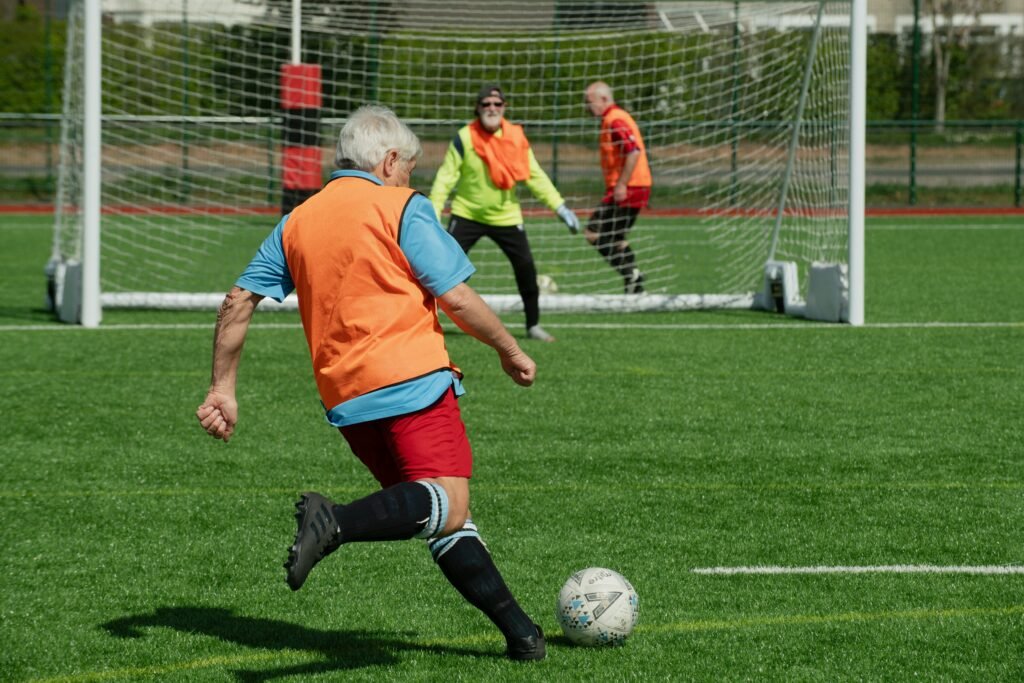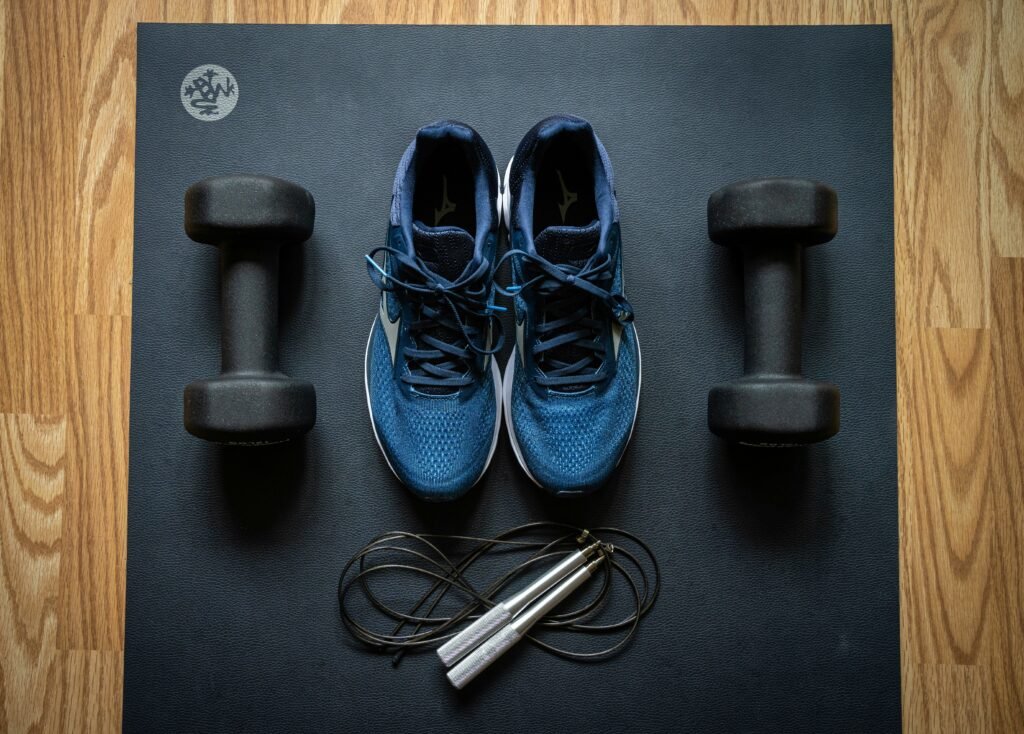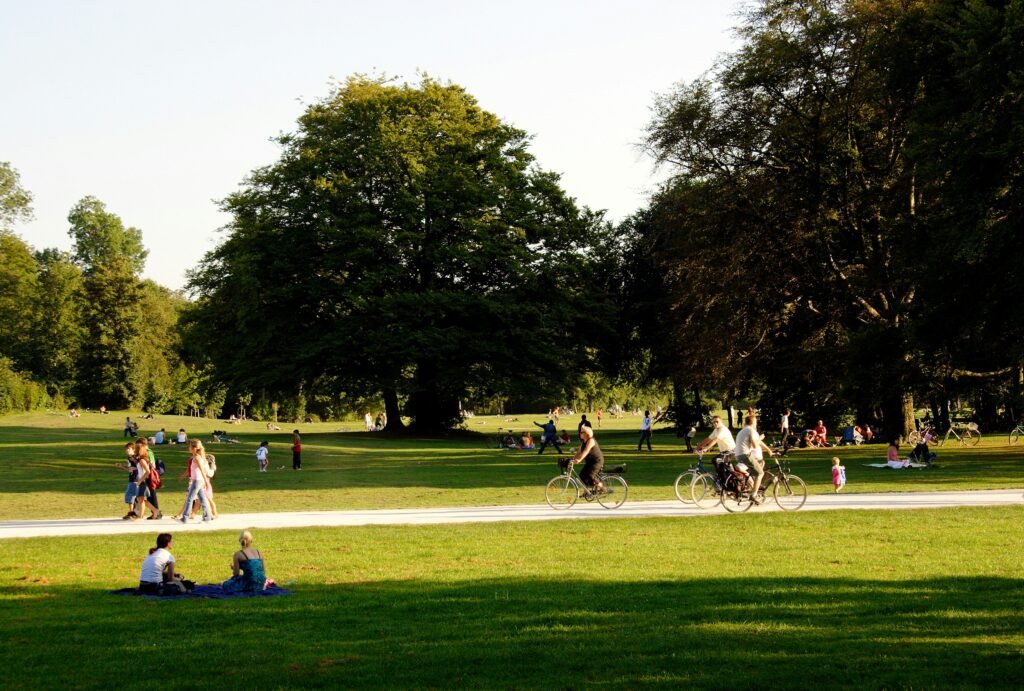Functional Fitness Strategies for Every Age
Strength isn’t just about lifting heavier weights—it’s about moving through life with ease, stability, and confidence. Functional fitness trains your body for real-world activities, from carrying groceries to climbing stairs, so you can stay strong at every stage of life.
Why Functional Fitness Matters
Mimics daily movement patterns (push, pull, hinge, squat, rotate).
Reduces risk of injury by improving balance, coordination, and mobility.
Builds long-term independence and quality of life.
Functional Moves for Every Age Group
20s–30s: Focus on performance and building strength — deadlifts, pull-ups, plyometric jumps.
40s–50s: Maintain muscle mass, joint stability — kettlebell swings, lunges, TRX rows.
60+: Prioritize mobility, posture, and low-impact strength — resistance bands, step-ups, farmer’s carries.
How to Start a Functional Routine
Train movement patterns instead of just muscles.
Use free weights, resistance bands, and bodyweight exercises.
Add balance work (single-leg exercises, stability balls).
Conclusion
Functional strength is the ultimate anti-aging investment. The earlier you start, the more resilient you’ll stay — but it’s never too late.
“Train for the life you want to live tomorrow, not just the workout you want to finish today.”

Discover more from wellnesswaynews.com
Subscribe to get the latest posts sent to your email.


